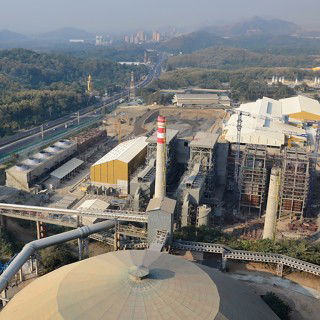Kiln seals help improve kiln control and place lower demands on ID fans and burner output. Available in different guises and each with its own advantages and drawbacks, can combining sealing technologies eliminate weaknesses of individual systems to provide more effective, longer-lasting seals? By Shawn Sutton, IGS Industries Inc, USA.
Kiln seals are an integral part of cement plant operations as they limit destabilising air infiltration into a system which can wreak havoc on process control and drive up energy costs.
There are many types of kiln seals on the market today with varying strengths, weaknesses and price tags. They include features such as abrasion-resistant fabrics, spring and lever action carbon blocks, pneumatic compression rings, labyrinth seals and overlapping metal leaves.
